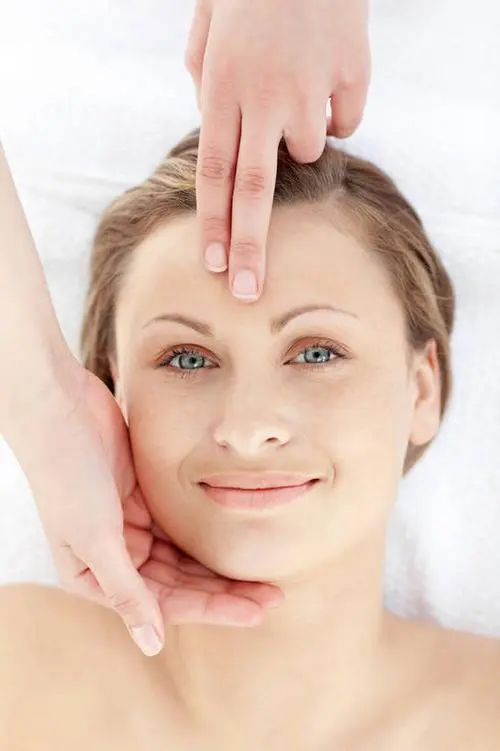As we age, our skin inevitably shows signs of aging, such as fine lines, sagging, and dullness. In addition to using skincare products, facial massage, a natural and non-invasive method, has gained popularity in recent years for its anti-aging benefits. Facial massage not only relaxes muscles and improves circulation but also promotes skin metabolism, helping to delay the aging process. This article explores the role of facial massage in anti-aging and provides a guide on how to perform it effectively.

1. The Anti-Aging Mechanism of Facial Massage

Facial massage involves pressing, rubbing, and tapping the skin and muscle tissues with your fingers, stimulating circulation and lymphatic drainage. Enhanced blood circulation delivers more oxygen and nutrients to the skin, aiding cell repair and regeneration, which improves skin’s radiance and elasticity. Moreover, massage relaxes facial muscles, reducing tension-induced wrinkles, such as frown lines and forehead creases.

Facial massage also promotes collagen production. Collagen is crucial for maintaining skin’s firmness and elasticity. As we age, collagen production slows, leading to sagging skin and the formation of wrinkles. Regular facial massage stimulates the deeper layers of the skin, encouraging collagen synthesis, which strengthens the skin’s support structure and slows down the aging process.

2. How to Perform Facial Massage
To achieve the best anti-aging results, it’s important to master the correct techniques and steps. Here’s a simple facial massage routine that can be incorporated into your daily skincare regimen:

1. Preparation:
Before starting the massage, ensure your face is clean. Apply a small amount of massage oil or serum evenly to your face to reduce friction and avoid damaging the skin.

2. Pressure on Acupoints:
Use your index and middle fingers to gently press key acupoints, such as the temples, brow bone, and sides of the nose, holding each point for 5-10 seconds. Stimulating these points promotes facial blood circulation and relieves muscle tension.

3. Lifting Massage:
Starting from the chin, use your palms or fingertips to lift the skin upwards along the facial contours, moving over the cheeks, cheekbones, and ending at the temples. This helps to define facial contours and prevent skin sagging. Repeat 5-10 times, applying moderate pressure to avoid pulling the skin.

4. Lymphatic Drainage:
Gently press from the center of the face outward with your fingertips, passing through the lymph nodes below the ears to help eliminate toxins and excess fluid. This step reduces facial puffiness and enhances skin radiance.

5. Eye Care:
The skin around the eyes is delicate and prone to fine lines. Use your ring finger to gently circle around the eyes, massaging from the inner corners to the outer corners. This relieves eye fatigue and reduces dark circles and puffiness.

6. Finishing:
Finally, lightly pat the entire face with your hands to promote blood circulation and aid in the absorption of skincare products. After the massage, apply a moisturizer to lock in moisture and complete the routine.

3. Precautions for Facial Massage

While facial massage offers numerous anti-aging benefits, improper techniques or excessive frequency can have the opposite effect. Over-massaging may cause the skin to become sensitive or thin, potentially leading to skin issues. Therefore, it’s advisable to limit each massage session to 5-10 minutes and perform it 2-3 times a week. Those with sensitive skin or a history of skin conditions should consult a professional before attempting facial massage.

Conclusion

Facial massage is a simple yet effective method for anti-aging, helping to maintain youthful skin by promoting blood circulation, collagen production, and muscle relaxation. However, it should not replace your regular skincare routine but rather serve as a powerful supplement. By consistently practicing proper massage techniques and maintaining a healthy lifestyle, you can effectively slow down the aging process and keep your skin glowing and elastic.



